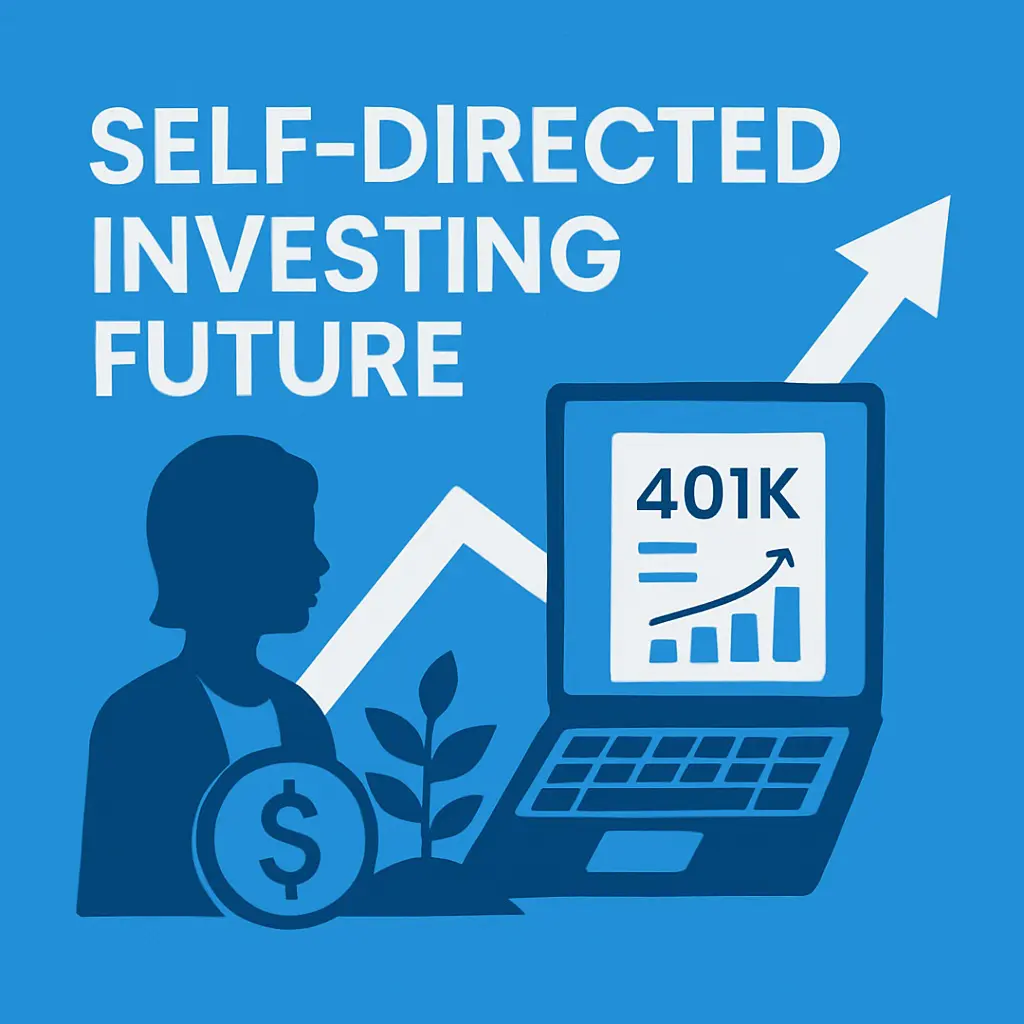What Is on the Horizon for Self-Directed Retirement Accounts?
A major shift is underway for self-directed retirement accounts, particularly 401(k) plans. On August 8, 2025, President Trump signed an Executive Order (Order) directing primarily the Department of Labor (DOL) to facilitate access to defined contribution plan investments that include alternative assets. The title of the order is “Democratizing Access to Alternative Assets for 401(k) Investors.”
This means that beyond the traditional menu of mutual funds and stocks, plan participants could soon access investments such as private equity, real estate investment trust “REITs”, cryptocurrency, infrastructure, and precious metals.
Legislative Changes to 401(k) Plans
The bill would permit 401(k) plan sponsors to offer self-directed brokerage windows, providing participants with the ability to diversify beyond conventional investment options. These changes aim to prevent fiduciaries from excluding or discouraging asset classes. This is a notable expansion of investment access within qualified retirement plans and reflects momentum similar to earlier legislative efforts focused on IRAs.
This development would essentially bring 401(k) plans in line with self-directed IRAs, which have long offered broader investment flexibility.
Types of Alternative Assets Being Considered
Alternative assets that may be made available through these brokerage windows include:
- Private equity and venture capital
- Real estate investment trust “REITs” and private mortgage notes
- Precious metals
- Cryptocurrency
- Private debt and infrastructure projects
- Business equity, royalties, and other non-publicly traded investments
These types of investments are commonly held in self-directed IRAs and could soon be available to participants in employer sponsored 401(k) plans.
Impact on Retirement Savers
Diversification Opportunities
Alternative assets often do not move in correlation with public markets, which may help mitigate volatility. Including them in a retirement portfolio can improve diversification.
Increased Control
Participants would have more autonomy in tailoring their investment strategies to match personal goals, risk tolerance, and market outlook.
Potential for Higher Returns
Historically, many alternative assets have delivered higher long-term returns than traditional securities. However, these gains are often accompanied by higher risk, less liquidity, and limited transparency.
Fiduciary Protections
The legislation encourages regulators to issue clear guidelines and safe harbors that help fiduciaries manage these expanded investment options without assuming undue legal risk.
Considerations and Risks
Alternative investments are not suitable for everyone. Key issues to consider include:
- Liquidity: Many alternative assets cannot be quickly sold or easily valued.
- Complexity: Understanding private investments may require more research and specialized knowledge.
- Fees: Higher management and transaction costs may apply.
- Oversight: Plan administrators and custodians will need to build new infrastructure and oversight capabilities to support these assets.
Participants will also need to be aware of regulatory constraints, including prohibited transaction rules, contribution limits, and required disclosures.
Practical Implications for Savers
If adopted by a plan sponsor, this change could provide access to alternative investments within a 401(k) plan using payroll contributions. This represents a new level of opportunity for retirement investors, but it also shifts more responsibility to the individual. Understanding the risks, doing proper due diligence, and selecting experienced custodians and advisors will be essential.
Plan participants should ask their employer or HR department whether these options will be made available and under what conditions.
What to Expect Going Forward
Employers and plan sponsors will evaluate whether to adopt self-directed brokerage windows and how to structure them. Regulatory agencies such as the Department of Labor and IRS are expected to issue formal guidance on plan design, fiduciary duties, and administrative safeguards.
Financial institutions and custodians may begin building out platforms and services that support these capabilities. Advisors, attorneys, and education providers will also play a growing role in helping participants navigate this new landscape.
Conclusion
Allowing alternative assets inside employer sponsored 401(k) plans could significantly change how Americans save for retirement. For some, this may offer powerful new tools for building long term wealth. For others, it may require a more cautious approach and a commitment to learning the ins and outs of nontraditional investing.
It may take six months to a year after the executive order is issued before these options become available in your 401(k) plan, as the Department of Labor must first review and approve the offerings before they can be included as eligible investments.
Whether you want to invest in real estate, crypto, or private companies, we can help you get started with a self-directed IRA.



Let’s make your retirement investing work for you—not just Wall Street.

